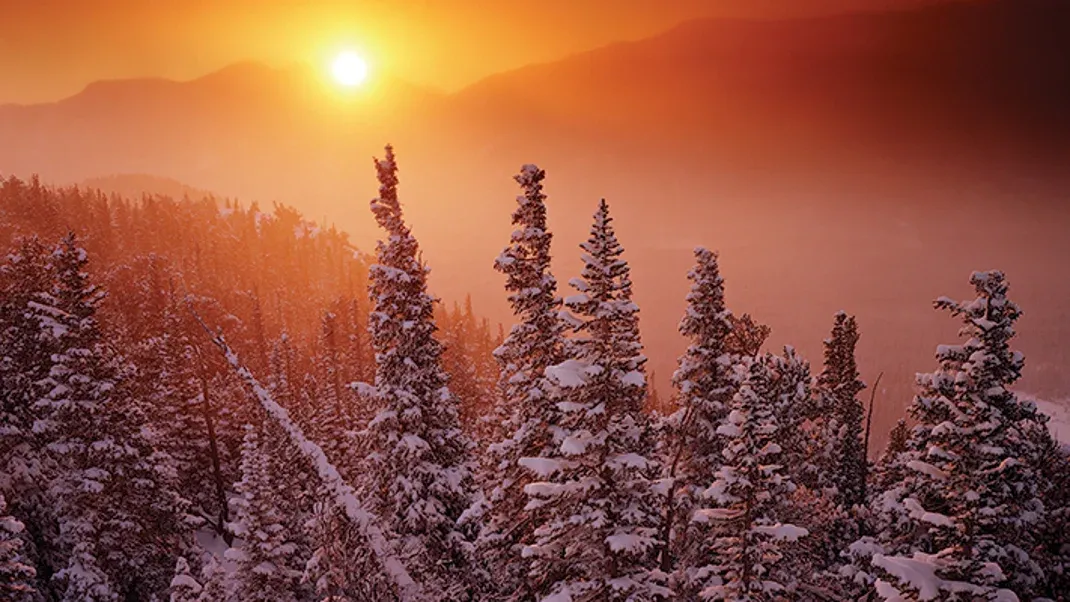How to Photograph Slot Canyons
Photographing slot canyons can be a challenging yet rewarding experience. To capture the stunning beauty of these narrow, twisting canyons, it's important to use a wide-angle lens to capture the intricate details and unique formations. When shooting in these dark and narrow spaces, a tripod is essential to ensure sharp, clear images. Utilizing a slow shutter speed and a low ISO will help to capture the soft, natural light and vibrant colors found within the canyons. Additionally, experimenting with different angles and perspectives can create dynamic and captivating photographs of these natural wonders. Overall, photographing slot canyons requires patience, creativity, and a keen eye for detail.

Slot canyons are one of the most breathtaking and unique natural formations to photograph. These narrow, deep canyons are typically formed by the wear and tear of water rushing through rock over millions of years, leaving behind intricate and mesmerizing patterns etched into the walls. The light that filters through the narrow openings above creates a stunning and dynamic display of colors and shadows, making slot canyons a photographer's dream.
When it comes to photographing slot canyons, there are a few key factors to consider in order to capture the beauty and essence of these natural wonders. From choosing the right equipment to understanding the challenges of shooting in such an environment, here are some tips and techniques for capturing stunning images of slot canyons.
First and foremost, it's important to have the right equipment for photographing slot canyons. A wide-angle lens is essential for capturing the expansive and intricate details of the canyon walls. A tripod is also crucial for stabilizing the camera and ensuring sharp images, especially in the low light conditions often found in slot canyons. Additionally, a polarizing filter can help reduce glare and enhance the colors of the canyon walls, while a remote shutter release can minimize camera shake when taking long exposures.
Lighting is a crucial element when photographing slot canyons. The best time to capture the magical interplay of light and shadow in slot canyons is during the golden hours of sunrise and sunset, when the warm, directional light creates dramatic contrasts and vibrant colors. During these times, the low angle of the sun creates long, slanting beams of light that penetrate the narrow openings of the canyon, casting captivating patterns and textures on the walls. However, it's important to be mindful of the ever-changing light conditions and to be prepared to adapt quickly to capture the best moments.
Composition is another key aspect of photographing slot canyons. The unique shapes and textures of the canyon walls provide endless opportunities for creative compositions. Look for leading lines, patterns, and contrasts to create visually stunning images. Experiment with different angles and perspectives to showcase the depth and scale of the canyons. Including a human element in the frame can also add a sense of scale and perspective to the images, emphasizing the grandeur of the canyons.
When shooting in slot canyons, it's important to be mindful of the technical challenges posed by the environment. The narrow and confined spaces can make it difficult to maneuver and set up equipment, so it's essential to be prepared and organized. Be mindful of the constantly changing light and shadows, as well as the potential for dust and debris to affect your gear. Additionally, the high dynamic range of light in slot canyons can pose exposure challenges, so be prepared to bracket your shots and use post-processing techniques to balance the exposure and bring out the details in both the highlights and shadows.
It's also important to be respectful of the natural environment when photographing slot canyons. These delicate formations are often found on sacred or protected lands, so it's crucial to follow all rules and regulations, and to tread lightly to minimize your impact on the environment. Be mindful of the potential for flash floods in slot canyons, and always check the weather forecast and local conditions before venturing into these narrow and remote areas.
In conclusion, photographing slot canyons is a truly magical and rewarding experience for any photographer. With the right equipment, an understanding of the unique lighting and compositional opportunities, and a respectful and mindful approach to the environment, capturing the beauty and essence of slot canyons can result in stunning and unforgettable images. So grab your camera, pack your gear, and venture into the depths of these mesmerizing natural wonders to capture the awe-inspiring beauty of slot canyons.






